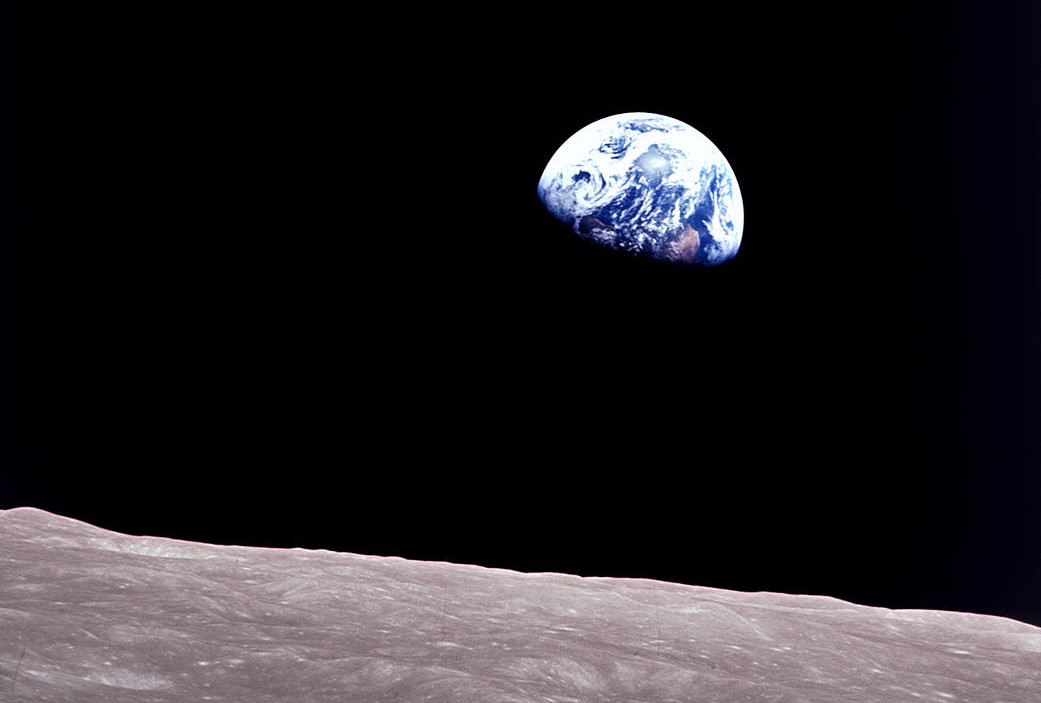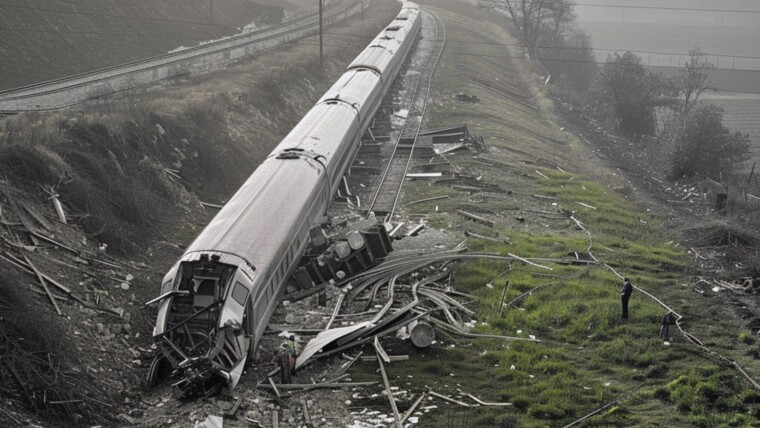What’s the biggest threat to your organization right now? A coming recession? The labor shortage? Geopolitical instability? Domestic political chaos? Supply chain disruptions? Inflation? Oil prices? The answer, of course, is all of the above, coalesced in the form of uncertainty. Uncertainty is, without question, the greatest foe for any leader: the thing that’s keeping you up nights, ratcheting up your cortisol levels, and paralyzing you and your people.
And the best salve for uncertainty? A big, bold intention. A collectively held naked ambition. An exotic destination on a long-term horizon.
In other words: a moonshot.
On July 20th, 1969, Neil Armstrong and Buzz Aldrin landed on the moon. Eight years before, John F. Kennedy had famously declared the US should “commit itself to achieving the goal, before this decade is out, of landing a man on the Moon and returning him safely to Earth.” While today this speech is given as an example of leadership at its finest—prescient, bold, inspiring—at the time, it was borderline lunacy.
First of all, there was no plan to get to the moon. NASA Director James Webb (yes, that James Webb) had told Kennedy that it was hypothetically feasible, but there wasn’t a defined method. The technology still needed to be invented, procedures developed, people hired to make it all possible. Moreover, the U.S. was gripped in Cold War panic: the Soviets had already put both a satellite and a man into orbit before the U.S., and the Bay of Pigs—the failed invasion of Cuba—was a humiliating failure for Kennedy and his administration. Even public opinion at the time was lukewarm about the idea, with early polling showing just 42% of Americans in favor of the Space Race.
“Make no little plans. They have no magic to stir men’s blood.”
– Daniel Burnham
Today, NASA is the most popular of all government agencies. The Space Race is credited with creating national and even global unity. The image of Earth taken from Apollo 8, titled “Earthrise,” is recognized for spurring on the early environmental movement and the very first Earth Day. Technologies including guidance systems, food safety, microprocessors, fire protection, and more were all hugely advanced due to the intense needs of the Apollo missions.
Perhaps most valuable of all, though, those boot prints photographed in alien soil have inspired us not just to traverse further distances, but to continue reaching in all human endeavors. The term “moonshot” has become synonymous with bold ambitions taken on (in the words of Kennedy himself) “not because they are easy, but because they are hard, because that goal will serve to organize and measure the best of our energies and skills.” Organizations need a beckoning frontier, not just to discover new business models and revenue streams, but to renew the human spirit and fend off the crush of uncertainty. Yes, we have to respond to short-term market forces, but we also have to plan for the day after tomorrow.

NOBL has helped world-famous organizations change collective behavior and business outcomes. Reach out to see how we might be able to help your organization.
Daniel Burnham, the architect who would remake Chicago after the great fire of 1871, once said, “Make no little plans. They have no magic to stir men’s blood.” In a time of truly unheard-of uncertainty, as leaders, we must stir our souls—as well as those of our teams, customers, shareholders and other stakeholders—out of their fear of uncertainty. Yes, our plans may be risky, unpopular even, but they will galvanize the very best from our people and reap rewards long after the initial effort is done. Kennedy pointed toward the moon, repurposing weapons of war and enlisting 20,000 partners in the private sector and academia to make it possible. What big plan, ambitious future, what solution will be your moonshot? Who will you need to bring together, and how must you work together to make it possible?
For help along the way:
- When defining your moonshot, remember that both visionary and delusional leaders see opportunities where others don’t, but for very different reasons. Do focus on what makes a vision possible: the hard work of other people, combined with a healthy understanding of reality.
- Don’t immediately conflate uncertainty with risk. Embrace what’s possible and not solely what’s preventable. Instead of focusing on, “What’s at risk?” ask your team, “What’s possible?”
- In terms of operationalizing your moonshot with strategic planning, we encourage organizations to adopt our strategic planning process, Adaptive Planning, because it encourages constant refinement of activities toward a long-term vision. If you’ve never thought about the future in such bold terms as a moonshot, we also encourage you to conduct a scenario planning exercise to explore potential futures.








The Evolutionary Edge
Every Link Ever from Our Newsletter
Why Self-Organizing is So Hard
Welcome to the Era of the Empowered Employee
The Power of “What If?” and “Why Not?”
An Adaptive Approach to the Strategic Planning Process
Why Culture/Market Fit Is More Important than Product/Market Fit
Group Decision Making Model: How to Make Better Decisions as a Team